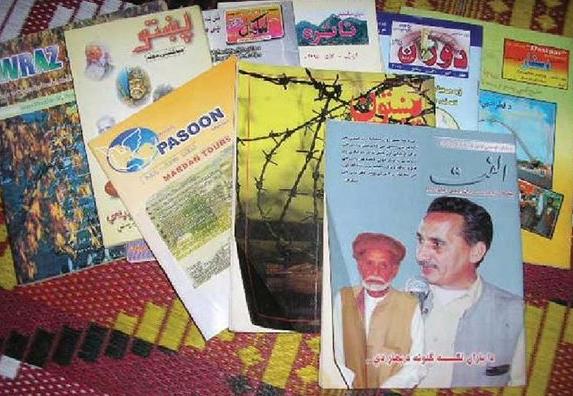Milestones in Pashto Literature
Thursday, 26 February 2009 Hamish Khalil, in his book Da Qalam Khawandaan (A directory of Pakhtun men of letters), has mentioned around 3,000 Pakhtun poets and writers between 1800 and 1975 who were prolific writers and have contributed to Pashto language and literature by writing books both in prose and poetry.The history of the written word in Pashto goes back to 522-486 BCE with the discovery of a three-line poetic piece engraved on the rock of a mountain near Baghistan, Iran. If so it can be assumed that the written history of Pashto is 2,500 years old. However, researchers have identified three periods of the history of Pashto literature. The first period begins with Ameer Korer Ghuri (747 CE), the second period starts with Bayazid Ansari (1535-1579) popularly known as ‘Pir Roshan’ or the enlightened Pir, while the third period — according to one theory — began in 1908 when Rahat Zakheli Baba (1884-1963) wrote the first ever short story in Pashto language. 
 بېرته شاته
بېرته شاته

 بېرته شاته
بېرته شاته